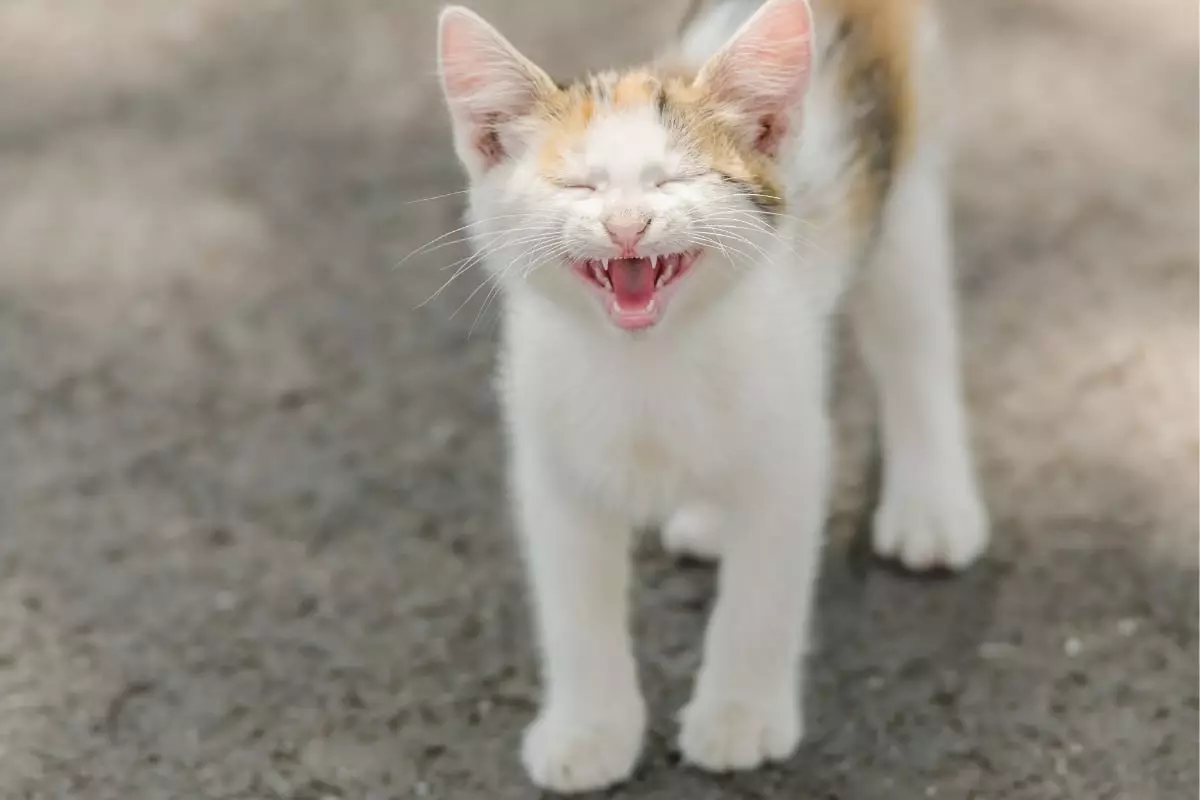Cats are often perceived as these enigmatic beings, blending grace with whimsical behavior. One of their most intriguing quirks is their habit of meowing—a sound that can either be a call for attention or simply an expression of their exuberant spirits. This vocalization goes beyond mere communication; it captures a saga of feline experience that we, as humans, strive to understand. But what ignites this peculiar behavior? What drives our feline friends to fill the air with their melodic sounds?
The Echo of Exploration
At times, it appears as if cats are fascinated by the very act of meowing itself. Picture this: your cat is perched by a wall, suddenly breaking into a chorus of meows. This behavior could arise from their close relationship with acoustics. Cats seem to relish the sound of their own voice echoing back at them in a room with unique sound reflections. It’s almost comical to imagine a cat, engrossed in its own vocal performance, pausing to listen attentively before leaping back into its one-cat opera. This self-entertainment showcases a playful personality and an innate curiosity that appears to be hardwired into their nature.
Attention Seekers and Social Butterflies
Another significant reason behind this chatty behavior lies in a desire for interaction. Cats have remarkable ways of ensuring that their humans remain engaged—one of the most effective methods being meowing. Unlike dogs that may jump and bark for attention, cats often prefer to vocalize, often choosing to meow just to feel the connection with their owner. Response from their human companions can inadvertently reinforce this behavior. Each meow that elicits a pet, treat, or affectionate gaze further teaches the cat that their vocalizations lead to positive interactions.
Interestingly enough, this learning process showcases a cat’s intelligence and adaptability. They become quite skilled in understanding the dynamics of human interaction, knowing exactly when to meow to gain attention. It’s as if they’ve perfected their performance for their human audience!
The Great Vocal Experiment
Beyond just a quest for attention, many cats engage in what can best be described as vocal experimentation. They stretch their vocal cords as if practicing for an audition in a theatrical production. You may encounter a range of sounds, from high-pitched chirps to deep, resonant yowls. This isn’t merely playful; it’s their opportunity to explore their vocal capabilities. Much like a human practicing scales, cats may be testing the limits of their sounds and discovering pitches that resonate with both themselves and their environments.
This behavior is a peculiar form of play, indicative of a playful spirit, where they enjoy the art of sound. It’s amusing to witness a cat launch into an impromptu serenade, seemingly enjoying their own tonal explorations.
The Role of Emotions in Meowing
Moreover, cats are incredibly sensitive to their environments and emotional undertones. Meowing can serve as self-soothing during uncertain or lonely moments. Just as humans hum to alleviate stress, cats utilize vocalization to calm their nerves. You might observe this behavior during times of change—like moving to a new home or the arrival of a new family member. Their meows may serve not just to express discomfort but to reclaim a sense of stability amid uncertainty.
In this light, meowing transforms from mere chatter to a form of emotional expression; their voices represent a spectrum of feelings influenced by their immediate surroundings.
Signal of Exploration and Curiosity
Cats are naturally inquisitive, and their meows can reflect their ongoing exploration of the world. As they navigate new territory—whether it’s a room, a garden, or even a new box—their vocalizations often serve as commentary on their adventures. Each meow could represent a point of interest or a new discovery, akin to a running dialogue about their experiences. Their restless curiosity triggers a continuous stream of meows that convey everything from excitement to confusion.
This behavior emphasizes the dynamic nature of feline personalities. Each meow becomes a distinct utterance—not just sounds, but signals of their traction within a vibrant world.
The Pure Joy of Vocalization
Let’s not forget the sheer delight of meowing. For many cats, vocalizing simply feels good. The act of meowing can be liberating, allowing them to express their feelings in an uninhibited way. It’s reminiscent of a human singing in the shower, basking in the joy of sound. Cats allow themselves to fully engage with their voices, celebrating their identity through their vocal expressions.
Thus, the next time you find yourself engulfed in the symphony of your cat’s meows, take a moment to appreciate the myriad reasons behind their exuberance. Whether they aim to entertain, seek companionship, or simply express joy, their vocalizations add a layer of charm to the everyday rhythm of life. Each meow is a delightful reminder of the unique bond that exists between you and your feline friend.

